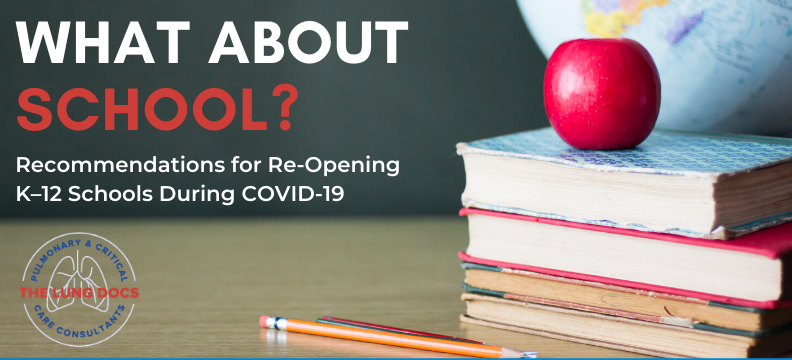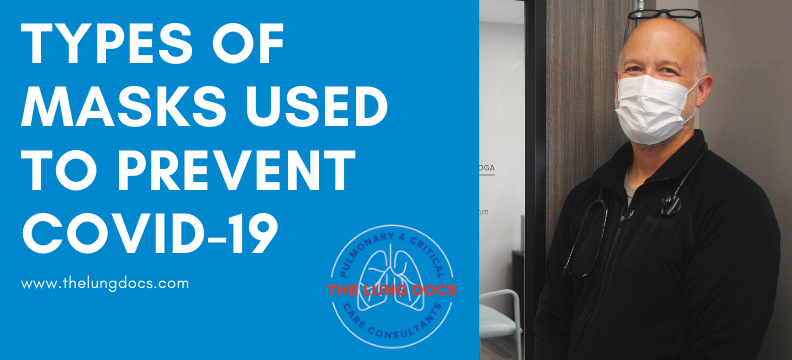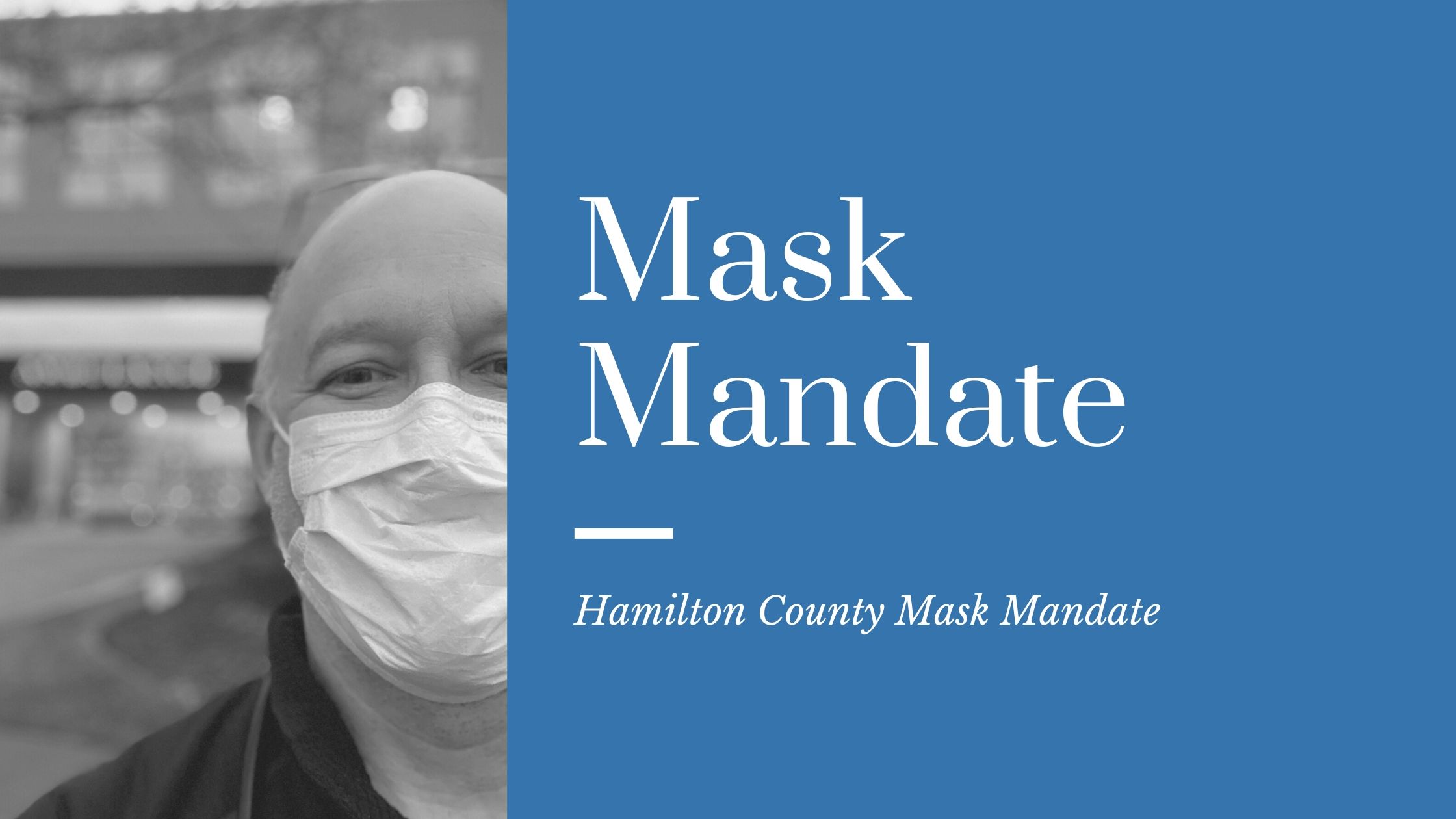The New Normal: Adjusting to Life After COVID-19 Quarantine
Several weeks after “shelter-in-place” orders effectively shut down businesses all across the country, many states are beginning to slowly lift those orders. The speed with which this is done and what type of businesses are open first varies from state to state. Many people are wondering what comes next – is it really safe to patronize our favorite restaurants, get a haircut, and participate in daily activities that we took for granted before COVID-19 changed our lives?
The fact of the matter is that coronavirus really did change our lives and the way we need to continue to live them. We cannot stay locked inside our homes indefinitely, but we also can’t pretend that COVID-19 never happened or that it is no longer a threat. We must ease into our “new normal” by employing strategies to protect ourselves and others until we have a safe, effective vaccine and/or treatment plan.
So what does this “new normal” look like, and how do we ease into it? Here are a few tips:
WASH YOUR HANDS
Washing your hands often and well remains one of the best ways to stay healthy! Here are some tips:
- Wash your hands OFTEN with soap and water for at least 20 seconds—especially after you’ve been out in public, have handled money/goods/etc., or have blown your nose, coughed, or sneezed. This video demonstration is excellent for showing how easy it is to miss parts of your hands when washing.
- Avoid touching your eyes, nose, and mouth with unwashed hands. (Practice not touching your face at all to err on the side of caution.)
- Washing thoroughly with soap and water is the most effective way to mitigate the spread of viruses and bacteria, but if you do not have soap and water available, a hand sanitizer containing at least 60% alcohol will suffice. Cover the entirety of your hands and rub them together vigorously until they are dry.
If you’re tired of singing the same song over and over to ensure you’re washing for 20 seconds, check out this fun website that lets you enter in a song and print your own song lyrics to sing while you’re washing.
WEAR A MASK
The CDC has recommended that everyone wear a cloth mask that covers your face and nose when going out in public. So when you go to the grocery store, to a doctor visit, to the salon, etc., wear a cloth face mask. These face covers are meant to protect yourself and other people. We are still learning about how COVID-19 is transmitted, but strong evidence suggests that you can carry and spread COVID-19 even if you have no symptoms. Masks also serve as a reminder to not touch your nose and mouth. Per CDC guidelines:
- Cloth face coverings should not be placed on children younger than 2 years of age.
- The mask must cover your mouth and your nose.
- Cloth face coverings should not be placed on anyone who has trouble breathing, is unconscious, incapacitated, or is unable to remove the mask independently.
- Cloth face coverings should NOT be considered a substitute for social distancing. These two things are most effective at preventing infection when used in conjunction with each other.
Wearing masks will likely be a way of life for a little while until a vaccine is developed. Remember to wash your cloth face mask every time it is used! Try not to touch the outside of the mask, but if you do, wash your hands promptly. For more information about face masks and for DIY instructions on making your own, visit the CDC’s website.
AVOID CLOSE CONTACT (Social Distancing)
We know, we know—everyone is getting tired of having to keep their distance, but the fact is that this is just going to be part of life for the foreseeable future. Here are some tips for social distancing as we ease into the new normal:
Distance yourself from other people when outside your home—at least 6 feet away. Yes, even your friends and any family members that you don’t live with. Refrain from hugs and other bodily contact like high fives and shaking hands. We know this is hard, but it’s a very important step in keeping your loved ones and yourself safe and healthy.
- Do not gather in groups.
- Avoid crowded places and mass gatherings until the CDC and WHO deem it safe again.
- If you or someone you live with falls ill, try to maintain a 6-foot distance between the person who is sick and others. Always wear a mask while caring for those who are ill. Remember that if you are caring for someone who is ill, you could be a silent carrier and give the virus to others around you in public.
- In business settings, if you can feasibly have a virtual meeting or phone call, do it that way rather than meeting in person to keep everyone safe. If you cannot avoid meeting in person, remember not to shake hands!
TAKE CARE OF YOUR LUNGS
Good cardiovascular health is an essential part of having strong, healthy lungs. The stronger your lungs are, the less damaging viruses like COVID-19, the flu, and pneumonia will be to your lungs. Getting regular exercise—at least 30 minutes a day—is key. Here are a few activities to increase your cardiovascular health:
- Walking
- Hiking
- Biking
- Swimming
- Running
- At-home HIIT workouts
- Yoga
Check out our video where we speak with Kyle House of Kyle House Fitness in Chattanooga, Tennessee about exercise, lung health, and precautions you can take while visiting the gym.
Additionally, proper nutrition and diet play a huge factor in your overall health. Make sure you drink water and eat healthy food for a strong body and mind, plus get plenty of rest.
WATCH FOR SYMPTOMS
One of the most important things to remember as we ease back into life is to continue to be vigilant in watching out for COVID-19 symptoms. The symptoms of COVID-19 include:
- Cough
- Shortness of breath/difficulty breathing
- Fever
- Chills
- Repeated shaking with chills
- Muscle pain
- Headache
- Sore throat
- New loss of taste or smell
If you have more than 2 of these symptoms at the same time—or if you think you may have been exposed to COVID-19—call your healthcare provider so they can advise you on the next steps you should take.
If you or a loved one experience the following emergency symptoms, seek medical attention immediately:
- Trouble breathing
- Persistent pain/pressure in the chest
- Confusion or inability to arouse
- Blue lips or face
We know that all of this may be overwhelming and scary, but remember: we are all in this together. With proper care and prevention, we will soon have this virus behind us and these trying times will be but a memory. Give us a call if you have questions or concerns—we are always here for you. 423-710-3864.






